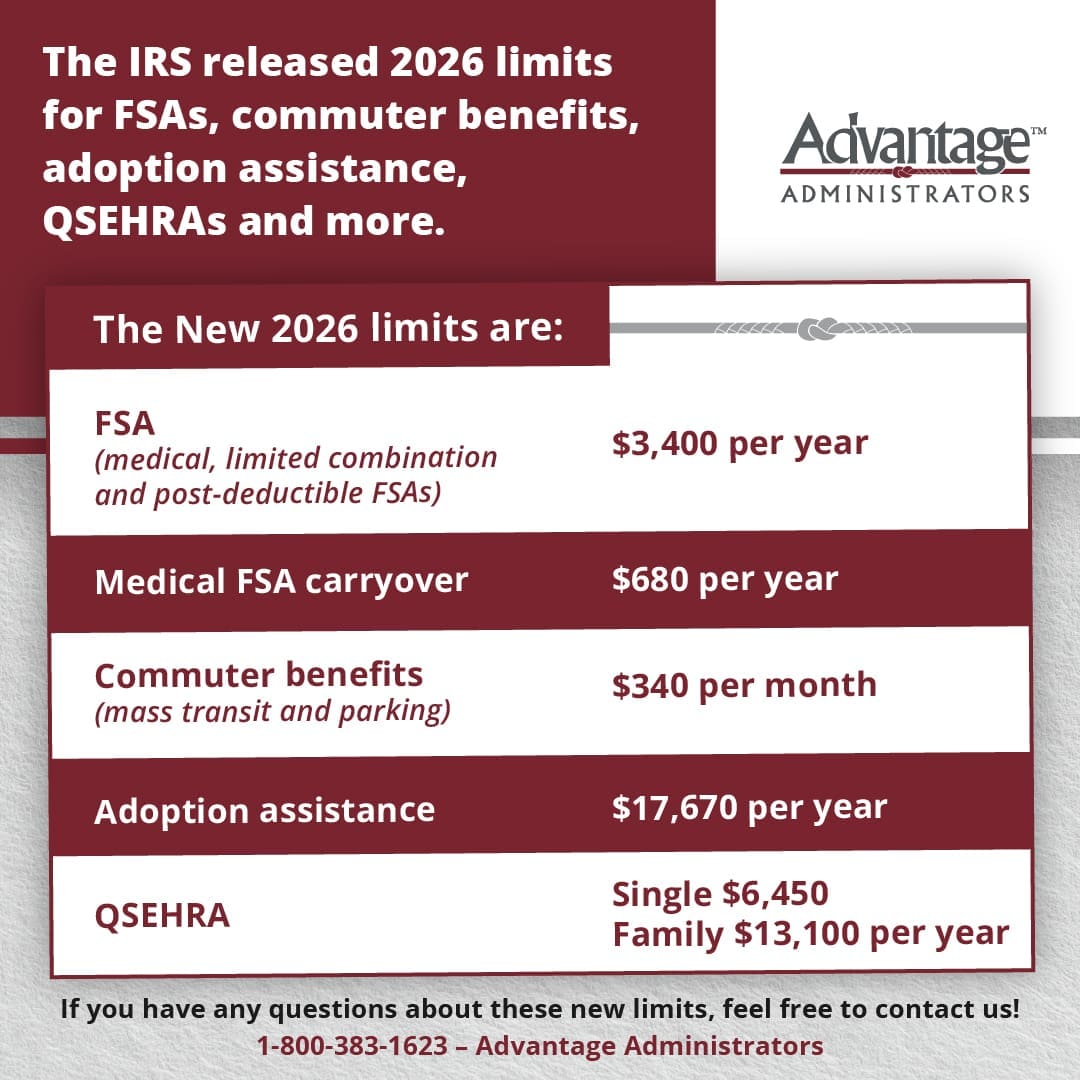Voluntary Benefits: A Guide for First-Time Enrollees
When it comes to navigating the world of employee benefits, there’s a lot to take in, especially if you’re a first timer. Among the suite of benefits you’re likely to be offered, voluntary benefits are often misunderstood. In this blog we explore all the unknown voluntary benefits terms and bring clarity of information to first-time participants.
What are Examples of Voluntary Benefits?
Voluntary benefits include a variety of options, all designed to enhance your overall well-being and provide financial security. Here are some prime examples:
- Supplemental life insurance: This benefit allows you to bolster your life insurance coverage, ensuring your loved ones are well taken care of in case of the unexpected.
- Critical illness insurance: In the unfortunate event of a major illness, this insurance can provide a lump-sum payment to help cover medical expenses, mortgage payments or other financial obligations.
- Pet insurance: For the pet lovers among us, this benefit helps offset the cost of unexpected veterinary bills, ensuring your pets receive the best care.
- Student loan repayment assistance: Many employers now offer programs to help alleviate the burden of student loan debt, allowing employees to focus on their financial future.
- Additional dental/vision insurance: These benefits often cover services not included in your regular dental and vision plans, such as orthodontics or laser eye surgery.
These are just a few examples. The world of voluntary benefits is continually changing to meet the needs and preferences of today’s workforce.
What are Some of the Perks of These Benefits?
Voluntary benefits aren’t just about checking boxes on a benefits enrollment form. They can genuinely improve your quality of life. Here are some perks to consider:
- Financial security: Supplemental life insurance and critical illness insurance offer peace of mind, ensuring that you and your family are financially protected in times of crisis.
- Pet care peace of mind: Pet insurance means you never have to choose between your pet’s health and your wallet. It’s a lifeline for pet owners.
- Enhanced health: Additional dental and vision insurance can cover essential procedures that might otherwise be out of reach.
What Factors Should You Consider When Making Decisions About Voluntary Benefits?
Choosing the right voluntary benefits requires careful consideration. Here are some factors to weigh:
- Personal needs: Consider your life stage, financial situation and individual need. Are you a recent graduate with student loans, a new parent or someone looking to enhance their healthcare coverage?
- Budget: Evaluate your budget to determine how much you can comfortably allocate to voluntary benefits. Keep in mind that these benefits often come with monthly premiums.
- Existing coverage: Review your current benefits package to avoid duplicating coverage. Voluntary benefits should complement your existing benefits, not duplicate them.
- Employer contributions: Take advantage of benefits your employer offers. Many companies subsidize the cost of voluntary benefits, making them more affordable.
What are Common Misconceptions?
As with any complex topic, voluntary benefits have their fair share of misconceptions. Let’s dispel a few:
- Voluntary benefits are too expensive: While some voluntary benefits do come with a hefty price tag, they are often more affordable than purchasing similar coverage independently.
- One size fits all: Voluntary benefits are highly customizable. You can tailor them to your specific needs so you’re not paying for coverage you don’t need.
- They’re only for certain life stages: Voluntary benefits are versatile and can benefit individuals at any stage of life. Whether you’re just starting your career or planning for retirement, there are options for you.
- They’re too complex: Understanding voluntary benefits can seem daunting but your HR department and benefits provider are there to help. Don’t hesitate to ask questions and seek guidance.
Can I Enroll in Voluntary Benefits Outside of my Employer’s Open Enrollment Period?
In most cases, you can only enroll or make changes to your voluntary benefits during your employer’s designated open enrollment period, which usually occurs once a year. However, certain life events may qualify you for a special enrollment period.
What Happens to my Voluntary Benefits if I Change Jobs or Leave my Current Employer?
Voluntary benefits are typically tied to your current employer. If you change jobs or leave your company, you may lose access to these benefits. However, some voluntary benefits providers offer portable policies that allow you to continue coverage even if you change employers, though you may need to assume the full cost.
Can I Change my Voluntary Benefits Selections During the Year or am I Locked Into my Choices?
Generally, voluntary benefits are selected during your employer’s annual open enrollment period. However, there are some exceptions. Life events such as marriage, the birth of a child or a change in employment status can trigger a special enrollment period during which you can make changes to your benefits.
The information in this blog post is for educational purposes only. It is not investment, legal or tax advice. For legal or tax advice, you should consult your own counsel. To stay up to date on benefits trends and insights, subscribe to our blog.










 Flex Plans
Flex Plans Forms
Forms HSA
HSA HRA
HRA Retirement
Retirement Health Shopper
Health Shopper FSA Store
FSA Store